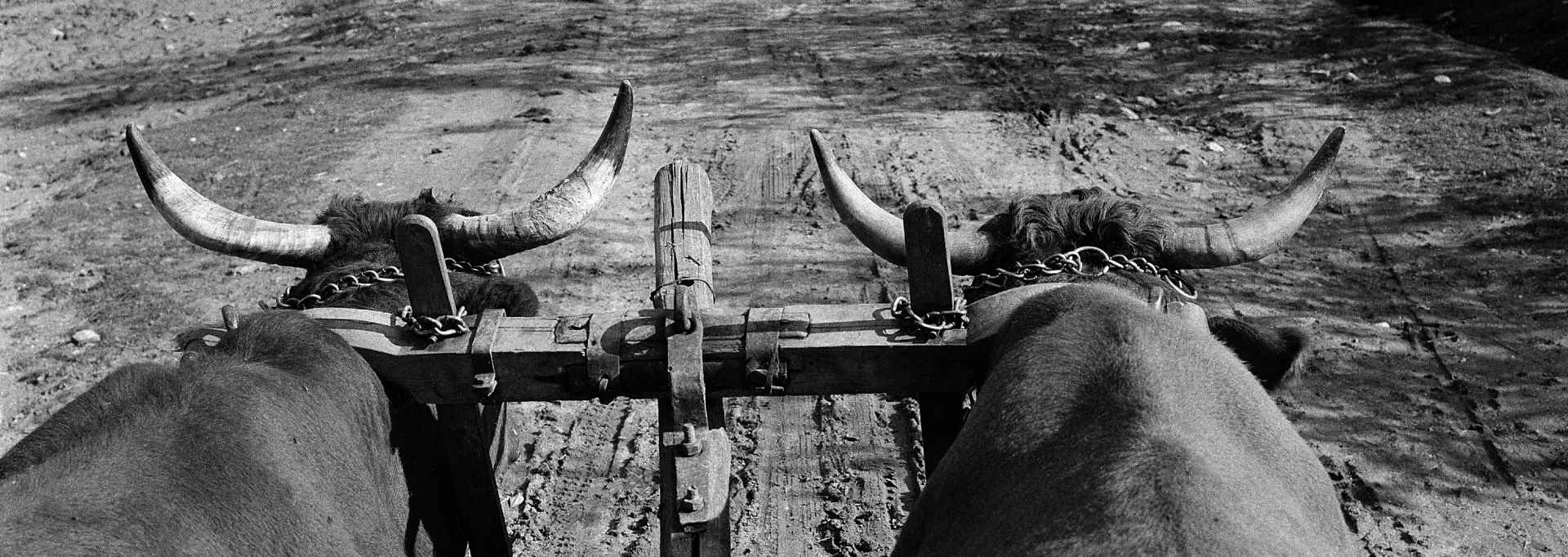RUDOLF BARTOLOVIĆ
Koprivna, Bosnia and Herzegovina, 4 November 1939 - Osijek, 17 April 2002
Active working period in the conservation service: 1967 – 1994
The mention of Rudolf Bartolović's name among culture professionals in the City of Osijek, in particular among conservators and restorers, will certainly evoke the image of a long-time photographer of the Regional Institute for the Protection of Cultural Monuments in Osijek.
Rudolf Bartolović, also known as Rudika among his co-workers, was born on 4 November 1939 in Koprivna, Bosnia and Herzegovina, and unfortunately passed away too soon, on 17 April 2002 in Osijek, not long after he had retired early.
As a young man he arrived in Osijek, where he started working at Varnai’s in Županijska ulica. Varnai was the most famous photographer's atelier at the time, and there he learnt the trade. After that, at the beginning of the 1960s, he briefly worked as a photojournalist for Glas Slavonije [Voice of Slavonia].
On 1 July 1967, Rudolf started working for the Regional Institute for the Protection of Cultural Monuments in Osijek, where he spent his entire career, to the date of his early retirement, 11 February 1994. Rudolf Bartolović was the first professional photographer working for the Regional Institute in Osijek. With his co-workers - conservators and museum professionals - he travelled large areas under the competence of the Institute, from Jasenovac in the west to Ilok in the east, and photographed archaeological, artistic and especially ethnographic heritage. It is safe to say that there are not many monuments in the five counties of Eastern Slavonia left uncaptured by Rudolf Bartolović’s camera. He photographed more than ninety percent of monuments registered as cultural heritage at the time, which means everything from archaeological monuments to the industrial architecture and the Modern Period.
Thanks to his efforts, the Institute established its audio and filmstrip collections to complement the records on the cultural heritage of Slavonia and Baranja. He left behind around 35,000 negatives and just under 5000 positives. The audio collection has been managed methodically and professionally, which makes it easy to browse through even today. His photographs were included in exhibitions and professional publications on cultural heritage topics.
Almost all of his co-workers remember Rudolf Bartolović as a reticent man, bordering on ascetic. He was unobtrusive, diligent, and focused on his work. As a man of few words, he communicated through his lens. His eye and creative soul were particularly receptive of our cultural heritage. His photographs best portray his uncanny ability to blend into the past and the heritage, as well as the present, the architectural heritage, both secular and religious, moveable artefacts, people, their routines and various circumstances out in the field... In addition to that, he had a keen eye and talent to single out and bring forth the beauty of the tiniest feature and detail, as befits a top-notch photographer.
Rudika was elated when he got a Linhoff - a professional wide angle camera that at the time meant the world both to him and to us, his co-workers in the field. There is an anecdote that best describes Bartolović’s love for heritage. On one occasion, Bartolović was photographing a medieval fortress tower on Papuk. Having been cautioned by his co-workers not to damage the monument with his heavy-duty hiking shoes, Rudika boldly replied: I am taking care of the monument, and the monument is taking care of me!
And that is what our Rudika was like, personally and professionally. A hardworking, quiet, and reticent man who documented and interpreted the glorious vestiges of our past, and recorded our present without a thought given to the fact that the fruits of his labour might one day, a mere decade or two later, also come to be regarded as heritage and a valuable keepsake for generations to come. Indeed it is true - he left us with thousands upon thousands heritage photographs whose documentary (but not only documentary) value is indisputable and everlasting!
Viktor Ambruš, Zvonko Bojčić, Višnja Gubica






